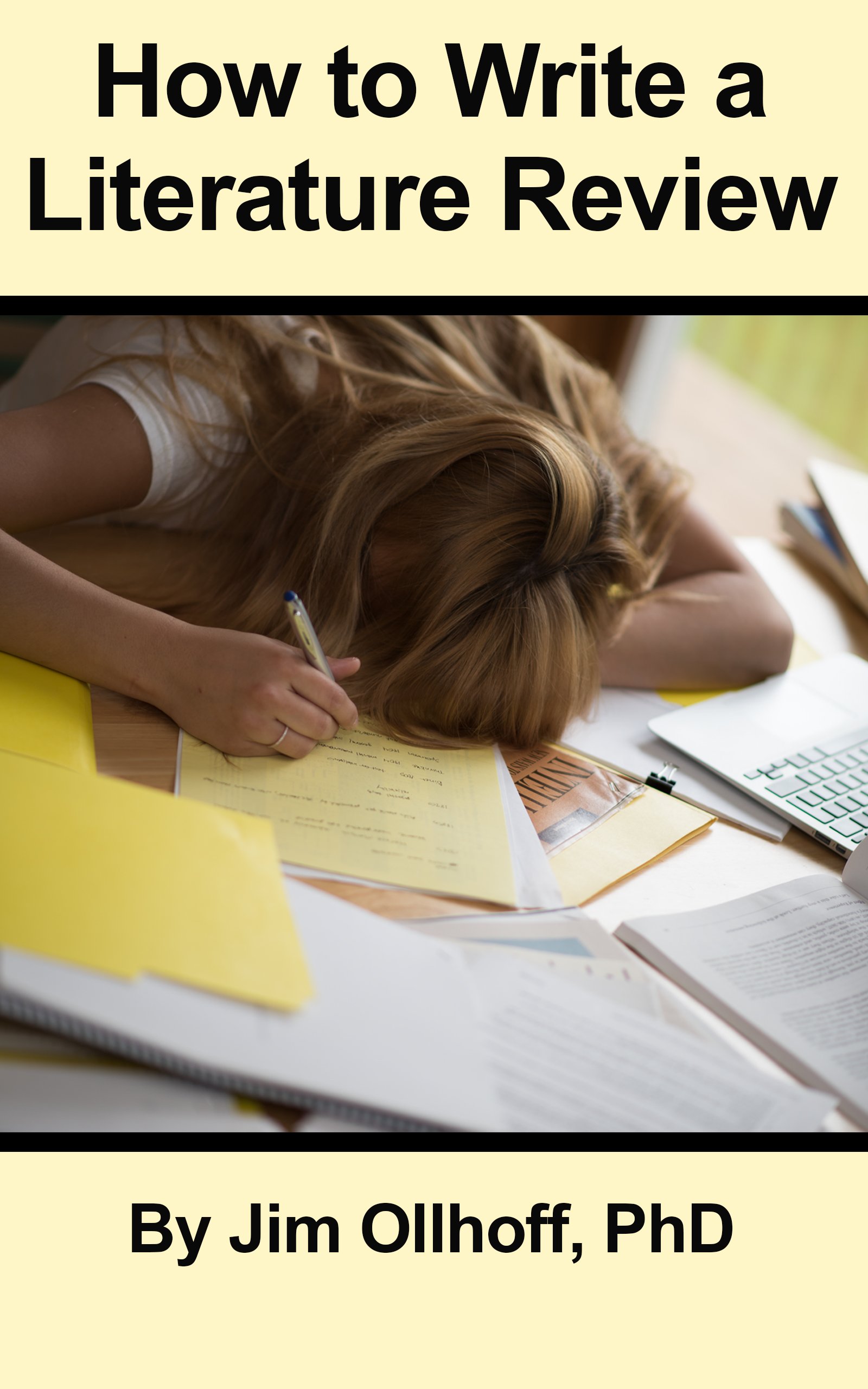How to Write a Literature Review
Booklet Description
Did your professor assign a literature review? And you need to know exactly what it is? Here’s a short introduction to literature reviews, and how the lit review differs from other types of academic writing. This short book is full of “dos” and “don’ts” for easy reading.
-
Definition of a Literature Review
Purposes of a Literature Review
Characteristics of a Literature Review
General Principles for Writing a Literature Review
How to Analyze and Synthesize the Literature
The Five Most Common Errors in a Literature Review
Getting Started
Top Ten Ways to Find Research Articles
Are You Writing a Paper or a Literature Review?
Red Flags for Evaluating Information
Summary
-
Definition of a Literature Review
A literature review is a scholarly document that reviews the breadth and depth of literature on a topic in order to determine what is known. It’s a summary of the literature, but more importantly, it’s a synthesis and evaluation of the literature. It is not a paper explaining “how to do” something. It’s not an introduction to a topic. The purpose of a literature review is to determine what the research says—and doesn’t say—about the topic.
Here’s the main point about a literature review: It is not a paper on a topic. It is a paper on the research about a topic.
So, when we have a specific question on a topic, we go to the research literature and find out what other researchers already know about the topic. What do researchers know? What do they not know? What has been researched and what has not been researched? Is the research reliable and trustworthy? Where are the gaps in the knowledge? When you compile all that together, you have yourself a literature review.
Purposes of a Literature Review
There are a few general purposes of the literature review.
To determine what is known. In a literature review, we scan vast amounts of research literature and deeply absorb a smaller amount of the literature to determine what is already known and not known. A literature review explores what issues in the topic have been researched, and what has not been researched. Literature reviews look at where the gaps and controversies are, and why. A lit review looks at objective information, such as research studies. As much as possible, opinions, biases, and agendas are left out. What is really, truly known on this topic?
To find the primary researchers on the topic. In most topics, you’ll find a few major researchers, and a few minor researchers, and a few creative thinkers. A literature review explores the conversation between researchers on the topic.
To find the basic developments and trends in the field. What are the schools of thought? What are the primary issues in the field? What are the most commonly researched topics? Are the topics that are researched the most important, or the most easily researchable? How can the topic be organized and categorized?
